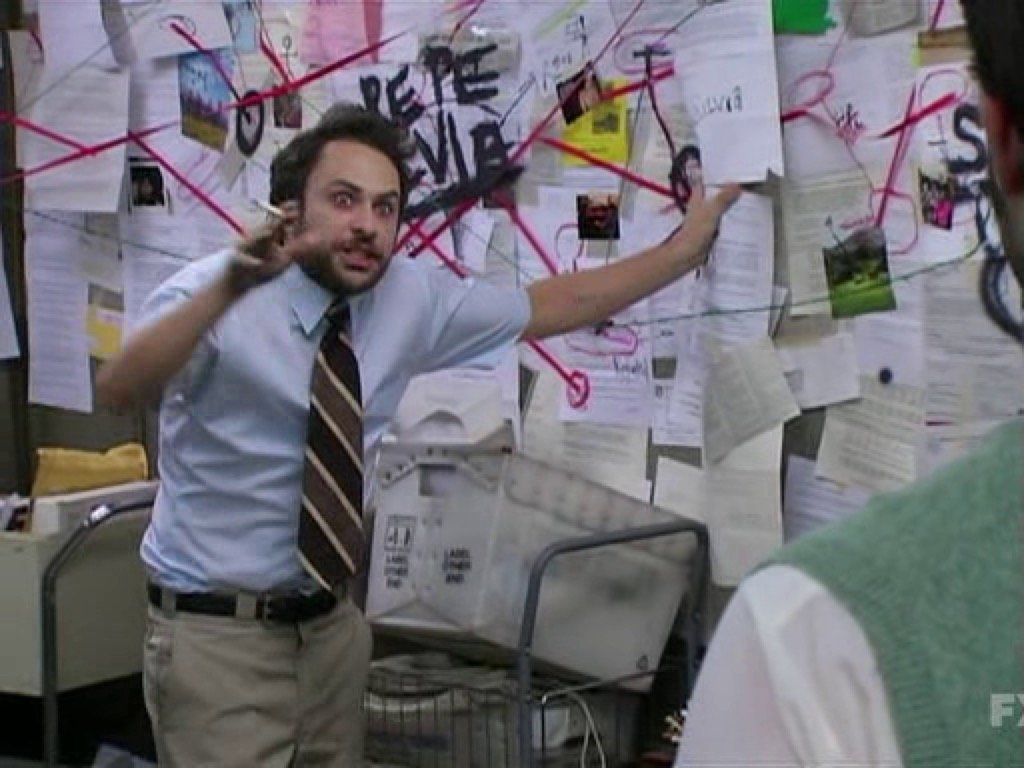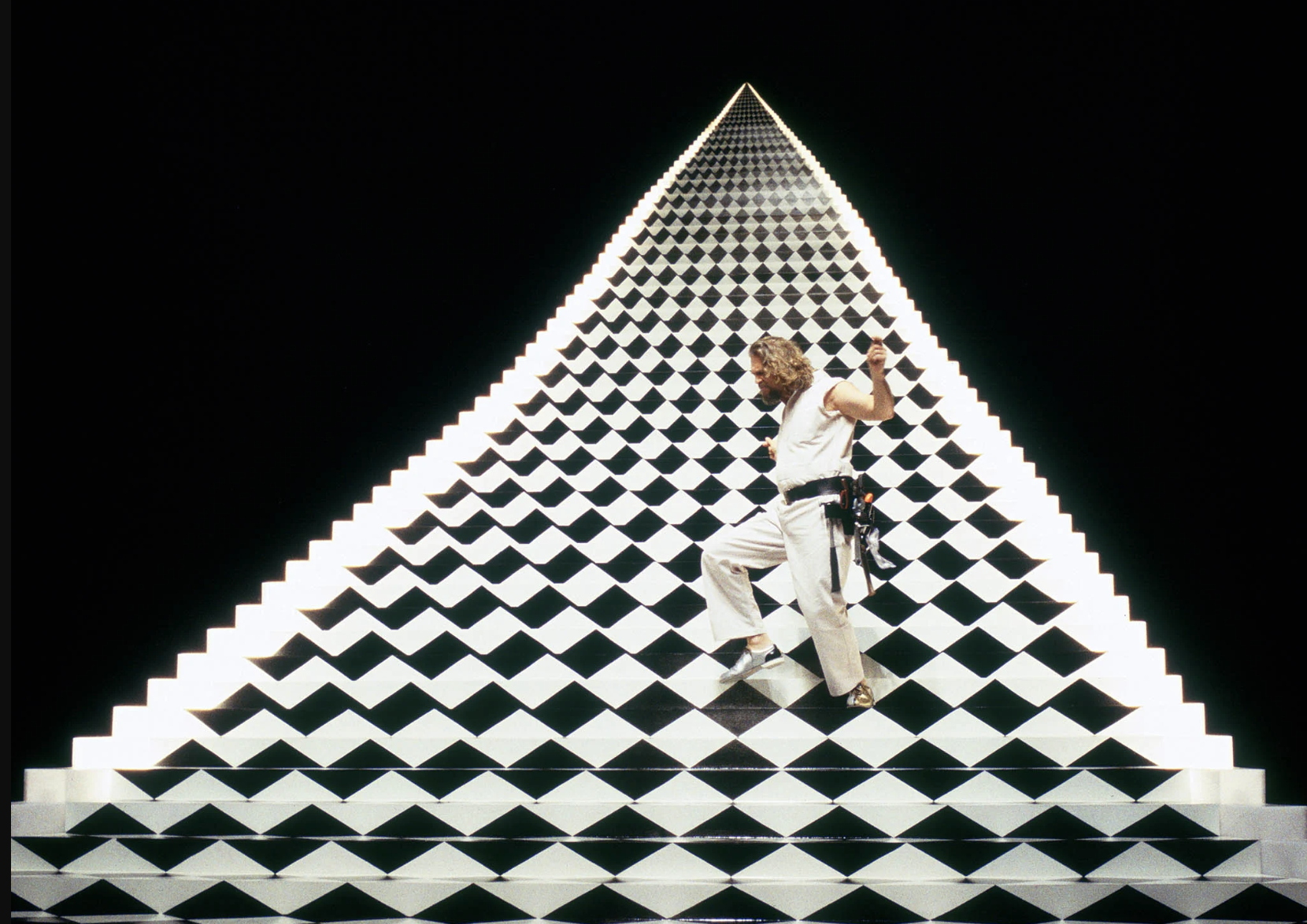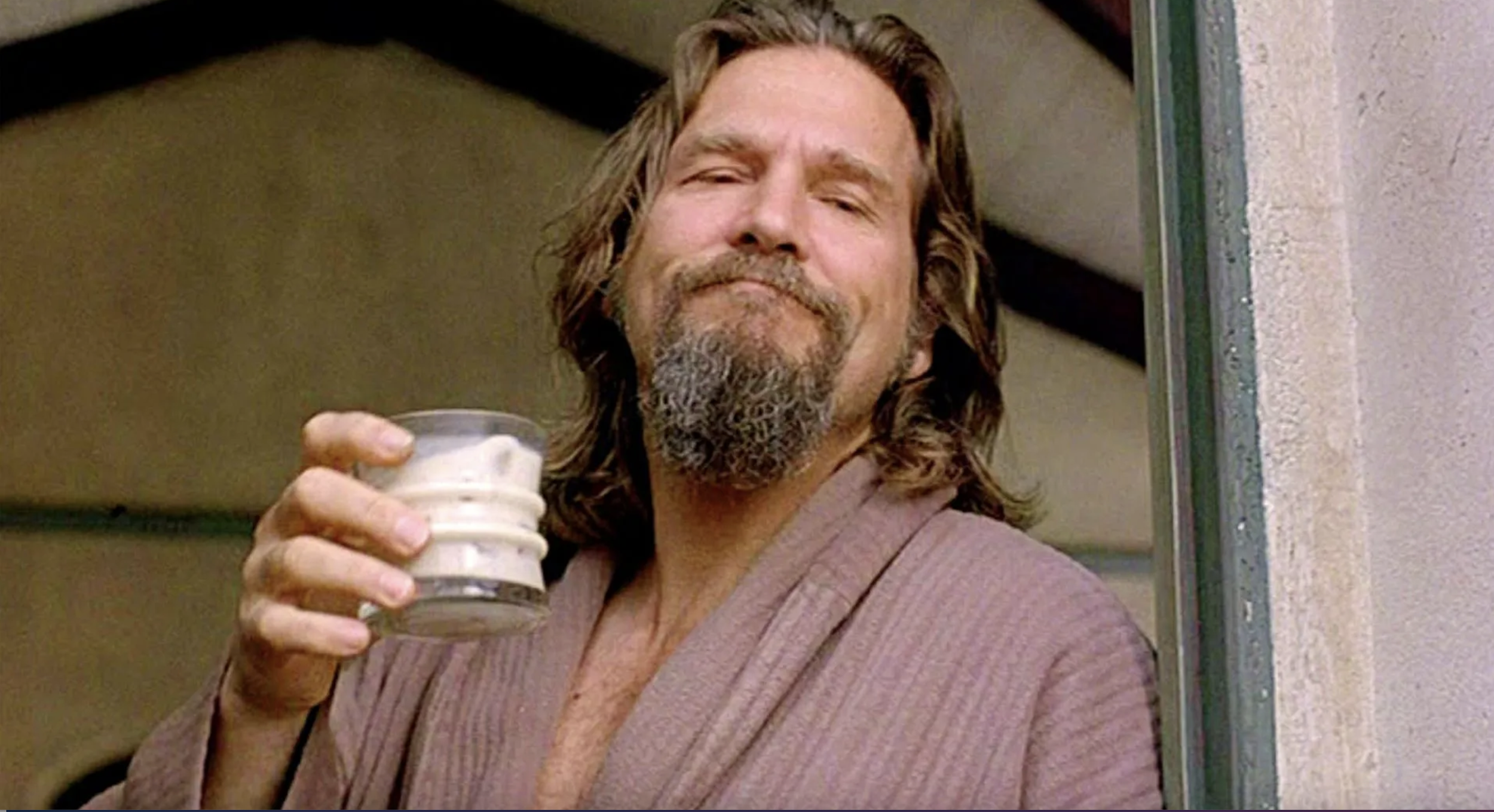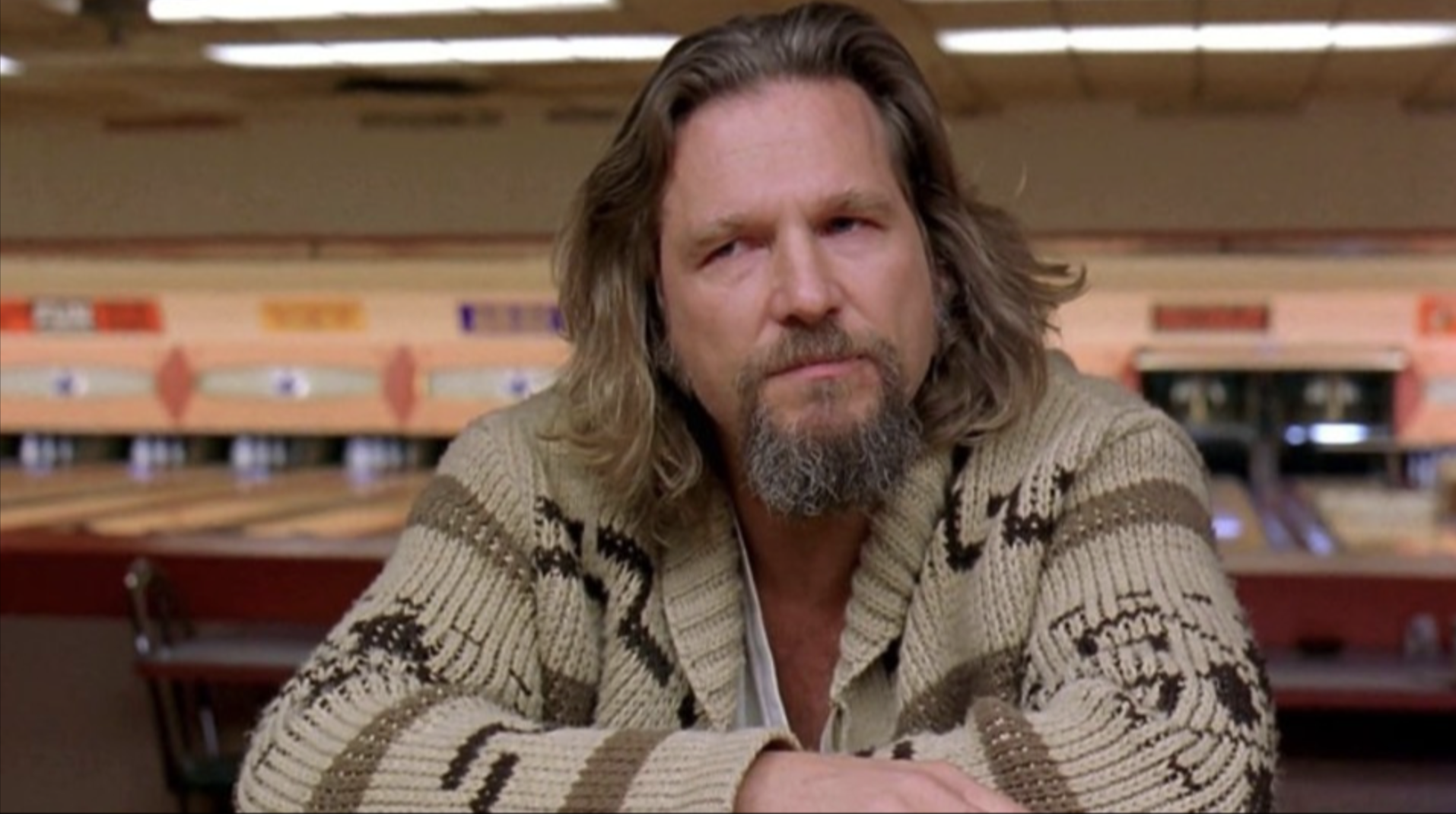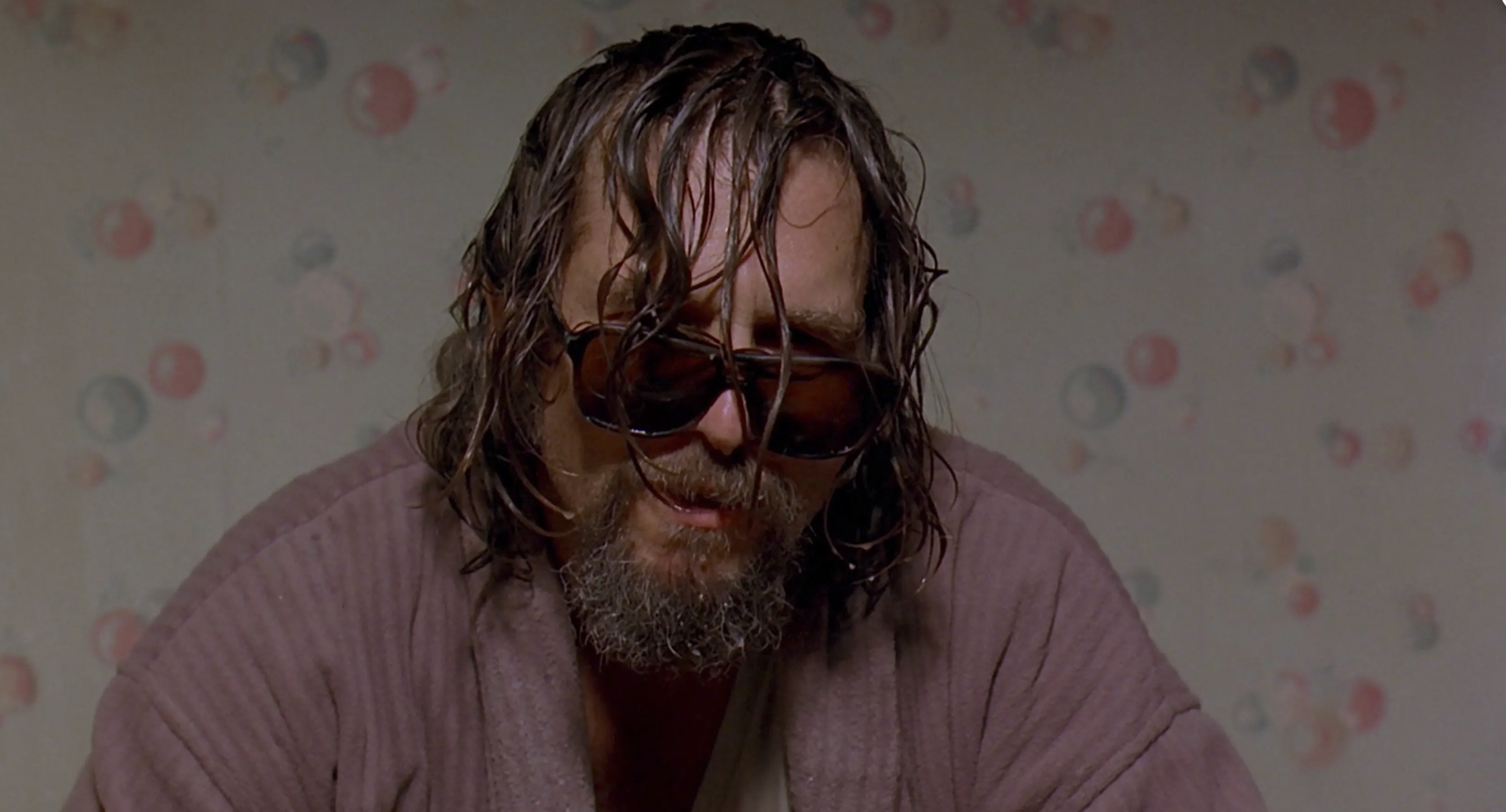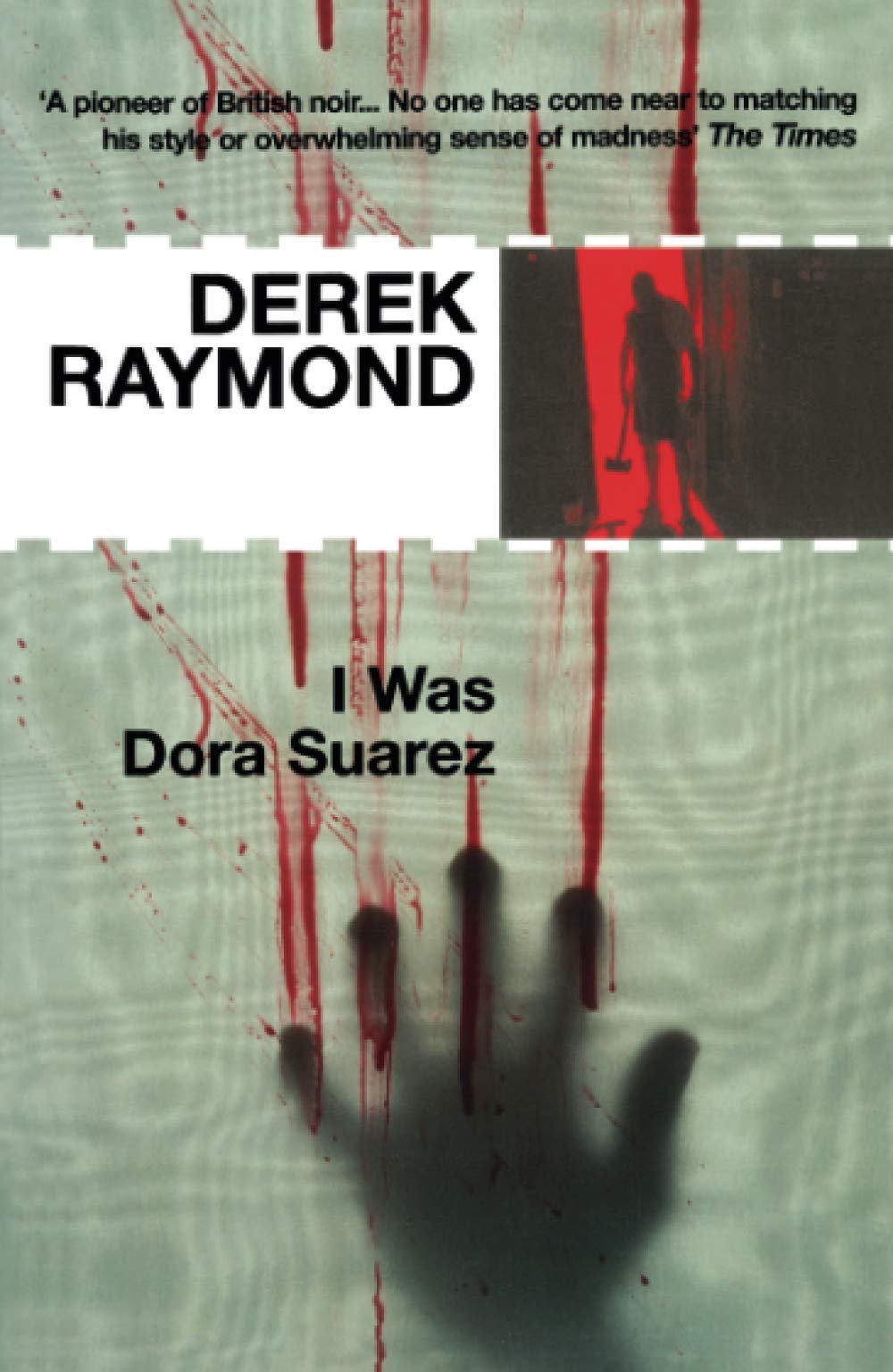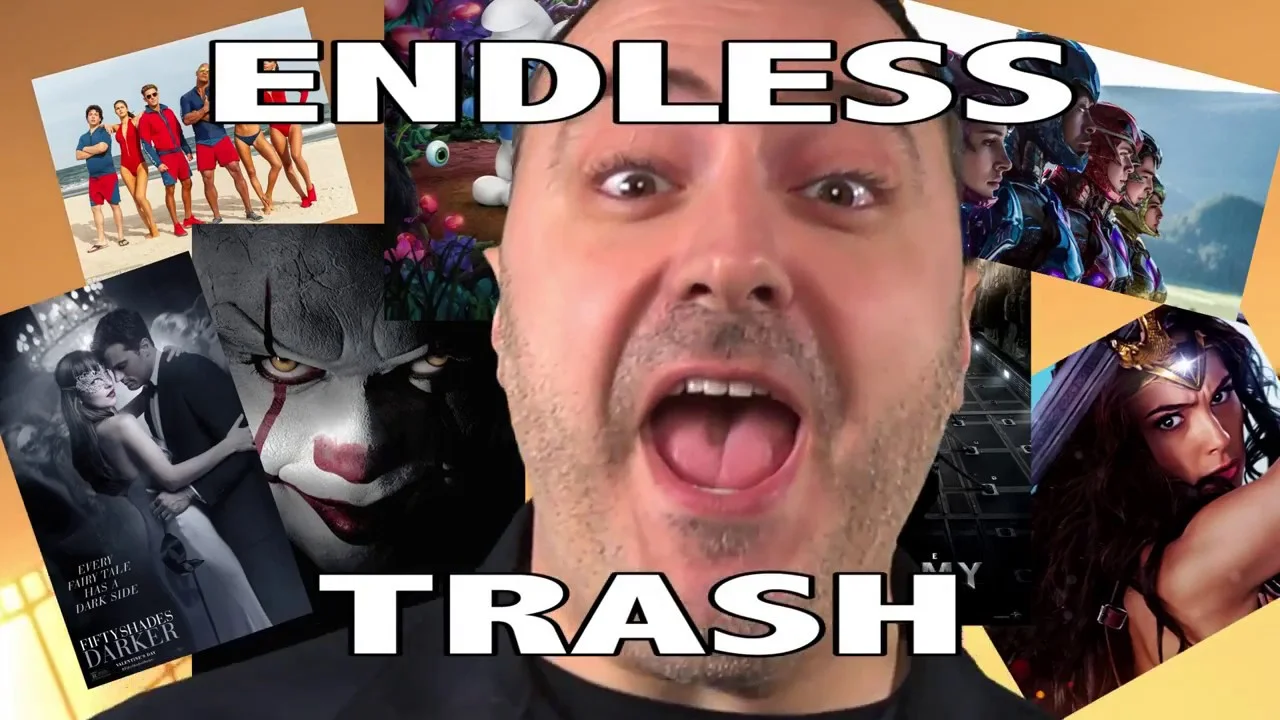The Dead End Follies 10 Points Decimal Rating System
It’s been a long time coming, isn’t it? After juggling with different rating systems for my book, movie and album reviews for most of Dead End Follies' existence, I’ve settled on a very intricate and controversial system two or three years ago and and I've had A LOT of questions about it. When I say questions, I mean people who have given me shit for the poorness of my opinions and methodology via email or various social media platforms. So, I thought now was a good time to clear the air.
As good as any.
First of all : yes, this rating system is very much inspired by Dave Portnoy's pizza review rating system. I didn't follow suit to condone the man. I followed suit because I thought it was a good idea that allowed me to express nuance in a quantifiable way. But I realize nuance is kind of lost on some of you if you don't have any frame of reference for what's what. Which is understandable. So, here's a detailed explanation of what every non-decimal point explicitly means in order to help you better understand my appreciation of art.
10
This is the fucking shit. I've given a perfect rating only a handful of times over a thirteen years career. It basically means two things: 1) A piece of art has achieved its perfect form. Any substantial modification would lower its overall quality, not raise it. 2) A perfect score is art that I believe represents something about our era that should be remembered for future generations. For example: J. David Osborne’s Black Gum cycle is a testimony to our generation's spiritual outlook on life and the limits of scientific triumphalism.
Now, I might’ve given one or two emotional 10s over the years. This 10 Points Decimal Rating System is a tool to help me nuance my own emotions in that regard. Instead of choosing between a 9 and a 10, I can choose between a 9.1, a 9.3, 9.6 and whatnot.
9 (or above)
A rating of 9 and above is attributed to a piece of art I believe an artist should be remembered by. A novel like The Great Gatsby, a movie like Blue Velvet or an album like Appetite for Destruction. My canonical examples are Blake Butler's 300 000 000 (which I reviewed prior to rating books, but it would be a 9.5 or so) and Backxwash’s I Lie Here Buried With My Rings and My Dresses. In thirty something years, it’s art that people will talk about when they remember and celebrate your career.
I don’t give nines every year, but most years I hand out one or two. Three at max. This year being exceptional for content, I already awarded two: to Chuck Klosterman’s The Nineties and Max Booth III’s most excellent Maggots Screaming! I’ve also awarded one to Slayer’s God Hates Us All, but it’s a classic album review. It doesn’t count. At least it shouldn’t. Everybody already knew it was great.
8 (or above)
An eight rating is used to designate a work of art that both has a very strong identity and that should be enjoyed by any fans of a genre, whether it’s film noir or grindcore. Since I’ve been giving more of these (hey, it’s been a good year), decimal points have a more important part to play in the scores here. A lower eight will designate art that has a strong identity and that I enjoyed myself, while a higher eight will tend more towards something so good, everyone even remotely interested will enjoy it.
The Batman is a good example. I gave it an 8.7. It was maybe thirty minutes too long to get a 9. Whether you like superhero movies, film noir or just a tightly told thriller, there’s something for you in there. You might not like it as much as I do, but if you don’t find any enjoyment to it… well, we might not see eye-to-eye on anything ever. Take an eight as my official seal of superior quality. It’s for stuff that gets me enthusiastic.
7 (or above)
The tricky one. The majority of ratings I give are between 7 and 8, which is often misunderstood. I’ve gotten threats over a 7.3 rating, for real. In a nutshell, a seven represents my sincere professional appreciation for a work of art that might not have moved me (or at least not that much). Of course, the decimal point system is a continuum. A low seven will represent something I thought was good, but flawed. A high seven will represent something that thoroughly entertained me without making me emotional.
A 7 is good. It’s my license for readers to spend money. But it also means they need to attentively read the review and decide whether the book, movie or album is for them or not. They cannot hold me accountable for their deception because in a 7 review, I’m being as honest and thorough as I can. Anything over a 7.5 should be considered overwhelmingly positive by creators. Anything under might have some constructive criticism embedded in.
6 (or above)
The mixed bag rating. You could argue this is the last place you want to be. An ambivalent review is never good for anybody. I don’t have any incentive to putting one out and it most certainly isn't going to move units for an artist. A six often takes root in strong premise and themes that are exploited with little assertiveness. Art that meant well, but ended up being too polite and tame to make it work. It should be taken as an invitation to be bolder and more assertive. Not send me snooty, condescending emails.
5 (or above)
When I give a rating between 5 and 6, it means the work is somewhat lifeless. That it’s either derivative of something that already exist or that it just doesn’t deliver anything of value without falling into incompetence or political insanity. It is objectively a bad review, but it's not a disavowal of your skills as a creator. It's an invitation to get more feedback to perhaps surround yourself with people who are more likely to have difficult conversations with you in order to help you improve.
4 (or above)
There are major problems with the material reviewed. It can be infuriating. It can be endearing. Hell, it can be both. A half-assed movie from a big studio will get a 4 or one that is trying harder to convince you about its politics than to tell a story. A novel that was barely edited too (I’ve unfortunately read plenty and it's not fun). That said, a 4 is for works of art that have only ONE major problem. It’s not necessarily incompetent. It can just be hastily put together or blatantly copying a successful concept.
3 (or above)
I don’t hand out many of these. I’m a good audience and I will work with your novel, movie or album until my eyes and my ears bleed, but sometimes artists don't give me much to work with. An obnoxiously exploitative screenplay that relies on a social cause to cover up for bad storytelling will earn you a 3. Blatant stereotypical characters with no identity of their own will earn you one too. I will award 3s or less to works of art which I feel lacked love in the creative process.
2 (or above)
At this point, it's my way of telling a creator "Fuck you for wasting my time". Once again, it doesn’t happen all that often, but it’s been known to happen. When a score gets below 3, I got genuinely angry or heartbroken at something. If a rating drifts this low, I got usually very good reasons for feeling the way I do about a work of art. We’re not in not-for-me-but-maybe-it’s for-you territory here. We’re in the this-is-complete-shit-get-your-head-outta-your-ass territory.
0 (or above)
Look, I gave this ranking once and it was for a mix of narrative and technical incompetence coupled with a grossly opportunistic screenplay. Anything ranked under a 1 is barely art at all and just a quick, cheap cash grab. Most of the time, when I come across a work of art that I believe deserves a 0, I will simply not review it.

